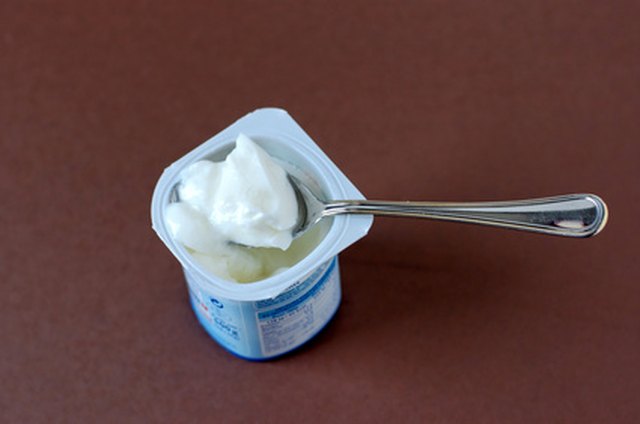

Have had 4 or more episodes of VVC in the last 12 months. Have symptoms that differ from a previous bout of VVC. Consult a doctor if you:Īre on certain medications like antibiotics or steroids. Do not assume that all vaginal discharge or itch are due to VVC. However, symptoms like vaginal discharge and itch can be due to other causes. Simple and uncomplicated VVC may be treated with self-medication. Sit in the sitz bath for 15 minutes, 2-3 times in first week, followed by 1-2 times weekly as needed to control symptoms. Add 2-4 tablespoons of sodium bicarbonate to 2 inches of warm bath water. Use sodium bicarbonate sitz bath for prompt relief of vulva irritation while awaiting onset of antifungal agents. The following methods may also help relieve the symptoms of VVC:Īvoid using perfumed products such as soaps and shower gels around the vaginal area, as these may cause further irritation. Oral medications may be more convenient, but work slightly slower than most topical treatments. Oral and topical anti-fungal treatments are thought to be equally effective.
#VAGINAL ITCH CREAM SKIN#
You may also consider application of anti-fungal cream onto the skin around the vagina, if discomfort and itch is disturbing. If you are pregnant or breast-feeding, do not use these treatments without medical advice. Side effects are uncommon nausea, headache, and abdominal pain have been reported. You should use alternative methods of contraception during treatment and for at least five days afterwards.įluconazole, an anti-fungal taken by mouth in a single dose can be obtained from pharmacies without a prescription, on the advice of the pharmacist. Note: Pessaries and creams may damage latex condoms and diaphragms and affect their use as a contraceptive. If you are pregnant, the use of topical antifungals is generally safe in the second and third trimester, but always consult your doctor or pharmacist first. Consult your pharmacist or doctor if the symptom persists or become troublesome. Some reported side effects of these medicines are mild burning sensation, itching and redness. You can obtain topical treatments without a prescription at pharmacies. All anti-fungal vaginal pessaries and creams essentially work the same way and show no differences in effectiveness.Ĭombination topical preparation of an anti-fungal with steroid is available and especially helpful if discomfort and itch of the vulva area is disturbing. However, some may also want to apply anti-fungal cream onto the skin around the vagina.

A single dose of pessary inserted into the vagina is usually sufficient to clear a bout of thrush. They contain anti-fungal medicines such as clotrimazole, econazole or isoconazole.
.jpg)
These are pessaries and creams which you insert into the vagina with or without an applicator. What are the treatment options? Topical Treatments Itching, redness, discomfort or pain of the vulva area is also possible. Some women may experience pain or discomfort whilst having sex or passing urine as a symptom of vaginal thrush. The discharge from VVC is usually creamy white and quite thick, but can be watery sometimes. Weakened immune system – for example, people on chemotherapy or steroids, patients with certain cancers. Use of certain medications such as antibiotics or high-estrogen oral contraceptives. However, certain factors can increase your risk of developing VVC:

In most cases of VVC, it develops for no apparent reason. When an imbalance occurs, Candida can multiply and cause symptoms of VVC. Candida is often found in the vagina without causing any symptoms. VVC is a yeast infection that is usually caused by Candida albicans. What is vulvovaginal candidiasis (vvc) and what causes it? It affects nearly 75% of all adult women at least once in their lifetime. Vulvovaginal Candidiasis (VVC) is also known as vaginal thrush.


 0 kommentar(er)
0 kommentar(er)
